My favourite painting: Harry Meade
'I like the idealised realism — in the same way as Munnings painted every horse to look conformationally perfect'

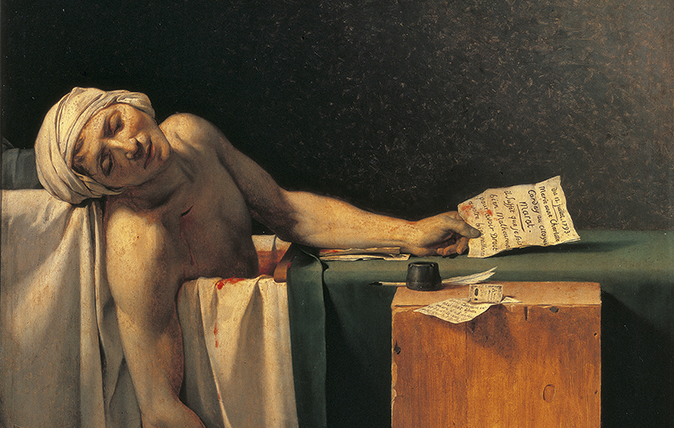
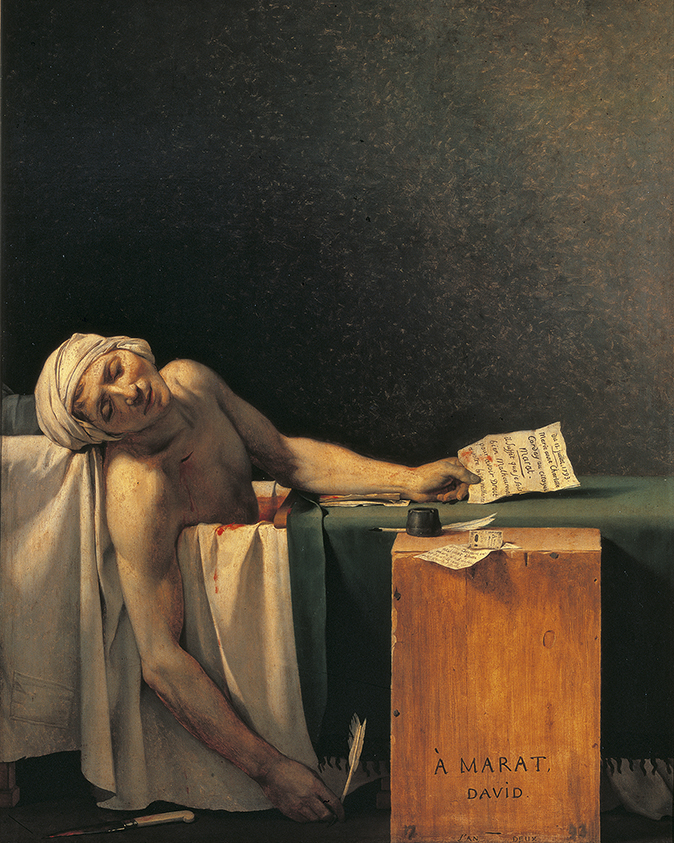
The Death of Marat, 1793, by Jacques-Louis David (1748–1825), 64in by 50in, Musées royaux des Beaux-Arts de Belgique, Brussels
Harry Meade says: I studied History of Art at Bristol University and neo-Classicism particularly appealed to me. Its idealism presents a style that is reassuringly simple and the subject often provides a didactic example of how to live. I find David’s Death of Marat aesthetically beautiful and its ordered simplicity appealing. It contains no hyperbole or hot air; it is an image of death in its purity. I like the idealised realism — in the same way as Munnings painted every horse to look conformationally perfect. I loved my days at Bristol and this painting reminds me of a very happy time in my life.
Harry Meade is a leading event rider and part of Britain’s silver-medal-winning team at the 2014 World Championships in Normandy.
John McEwen comments: Jean-Paul Marat (1743–93) was the French Revolution’s most popular political agitator, with his ‘newspapers’ (more like today’s blogs) and posters. David was its official artist, dictator of art and master of ceremonies. Marat spent some of his pre-revolutionary adult life in London, where he was a doctor and scientist as well as author and journalist. In Paris, David’s austere neo-Classical paintings sensationally opposed Rococo gaiety.
Both enjoyed Court patronage, but their radicalism was galvanised by the revolution. They voted for the execution of Louis XVI in the National Convention and were at the height of their political power in 1793, the frenzied year of the King’s execution and onset of the terror.
Marat, a notoriously ugly man, was dying from a chronic skin disease, only alleviated by immersion in water. He worked sitting in a bath with a sheet to protect him from its copper sides. David was familiar with this sight. When Marat was stabbed to death in his bath by Charlotte Corday, who had travelled from Caen determined to kill him, he became overnight the revolutionaries’ principal martyr. A public picture was demanded and David supplied this propagandist masterpiece, with its sacrificial reference to the dead Christ and Marat’s ugliness and diseased skin idealistically transformed.
This accorded with the cry of the Parisian mob at Marat’s state funeral: ‘O cor de Jesus, O cor de Marat.’ The picture was commissioned on July 14, the day after the assassination, finished by October 14 and unveiled at the Convention on November 14.
Exquisite houses, the beauty of Nature, and how to get the most from your life, straight to your inbox.
This article was first published in Country Life, September 16, 2015
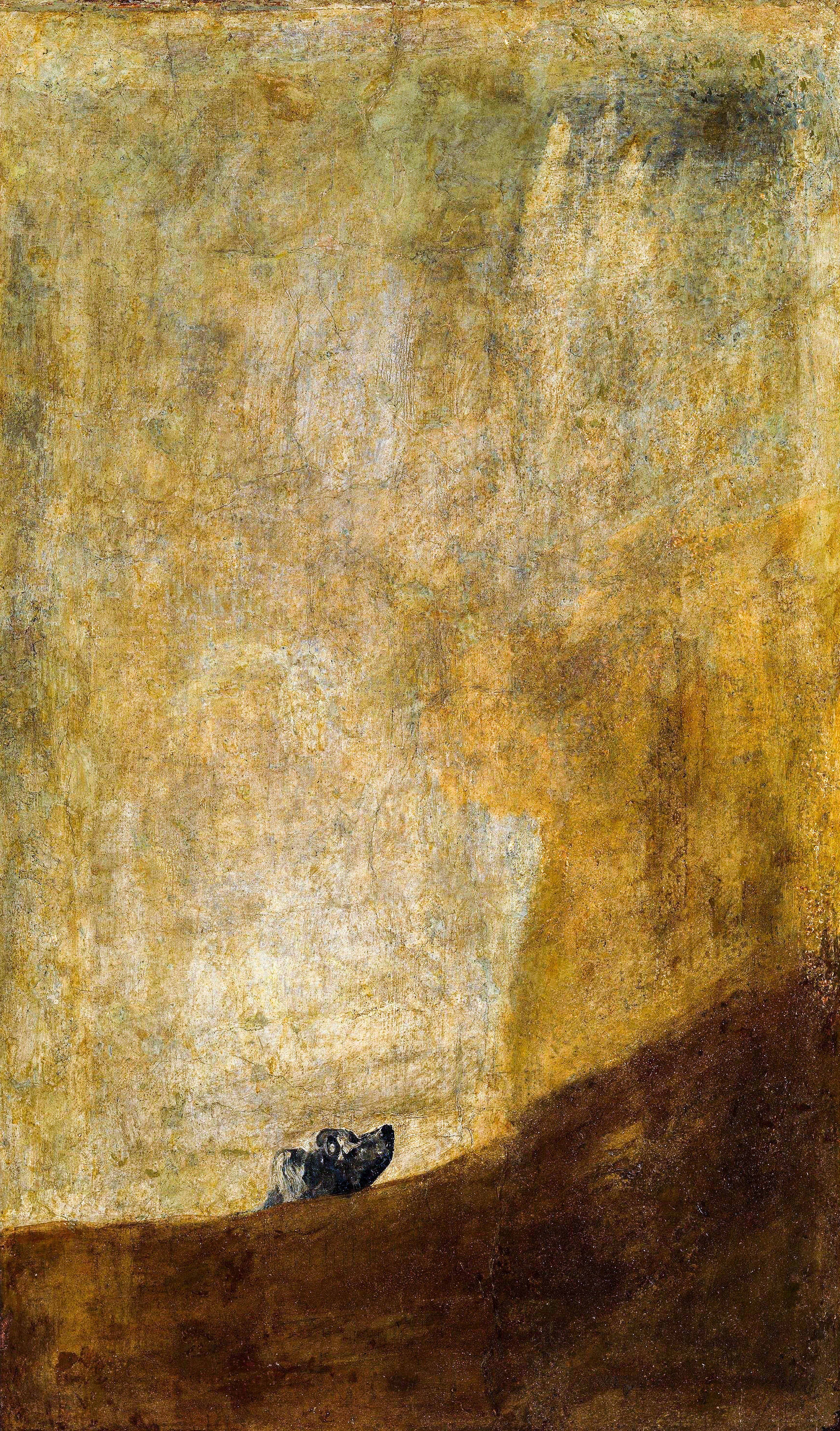
My Favourite Painting: Dame Helen Mirren
Dame Helen Mirren chooses her favourite painting for Country Life.
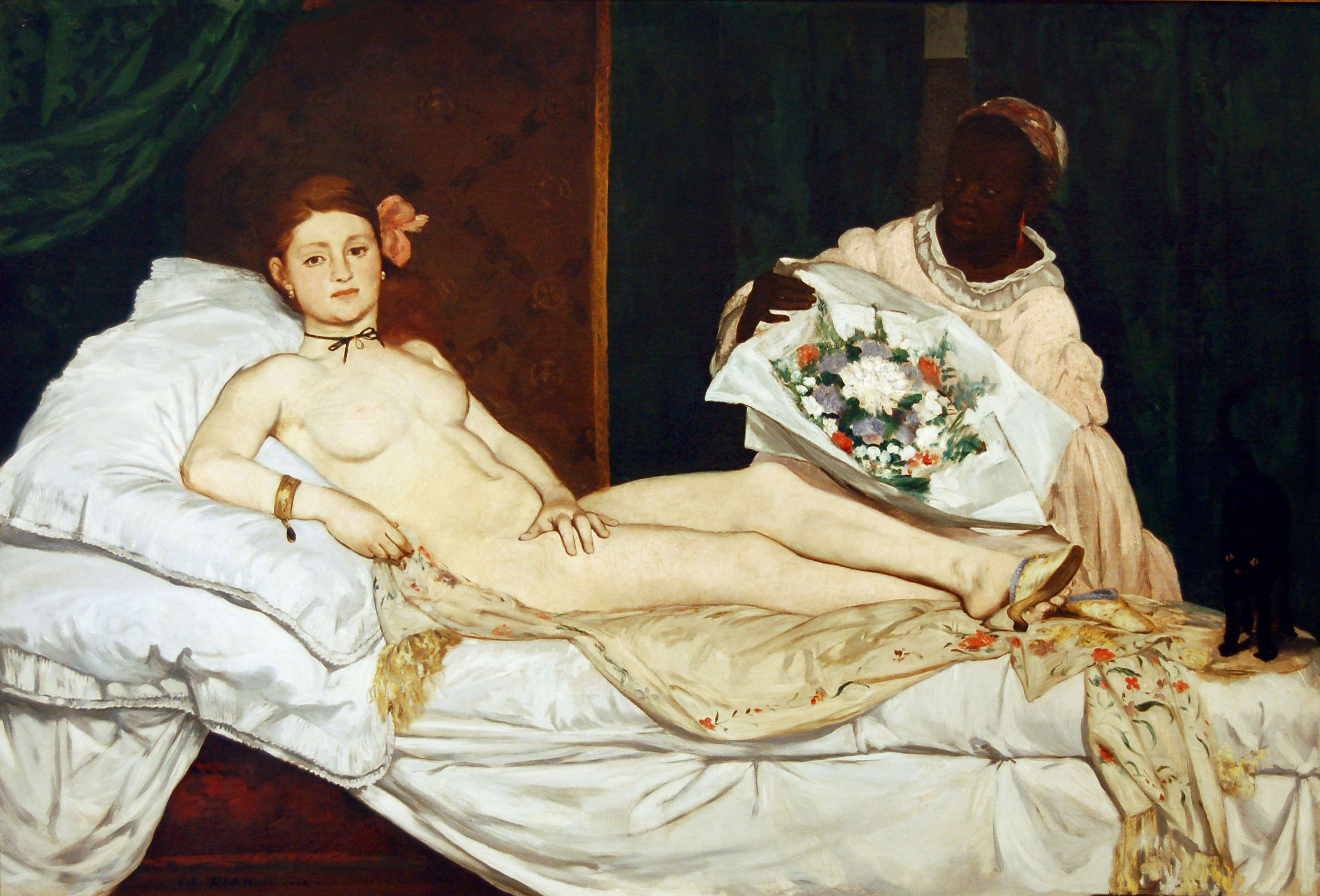
My Favourite Painting: Bryan Ferry
'I now think that it was one of the key influences in my own development as an artist' Brian Ferry
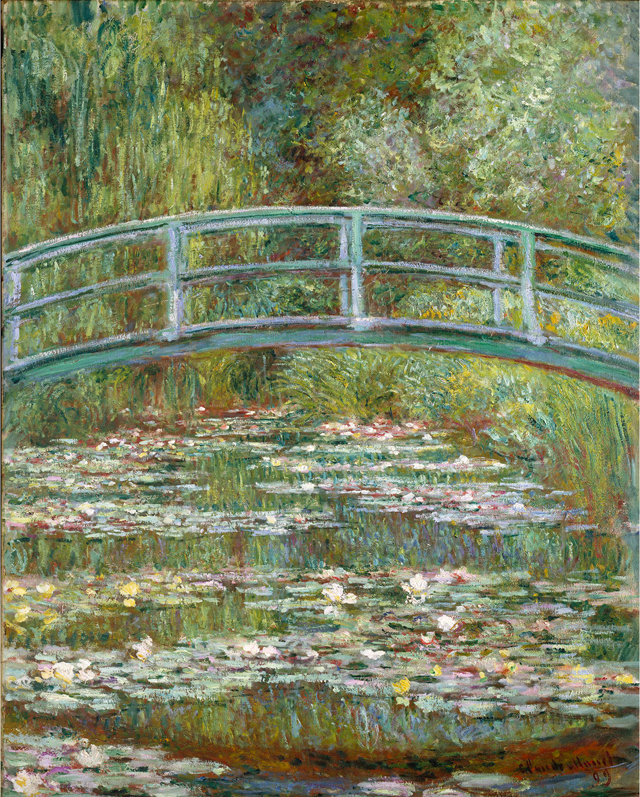
My favourite painting: Bobby Dundas
Bobby Dundas chooses his favourite painting for Country Life.
Country Life is unlike any other magazine: the only glossy weekly on the newsstand and the only magazine that has been guest-edited by His Majesty The King not once, but twice. It is a celebration of modern rural life and all its diverse joys and pleasures — that was first published in Queen Victoria's Diamond Jubilee year. Our eclectic mixture of witty and informative content — from the most up-to-date property news and commentary and a coveted glimpse inside some of the UK's best houses and gardens, to gardening, the arts and interior design, written by experts in their field — still cannot be found in print or online, anywhere else.
